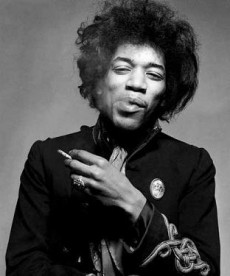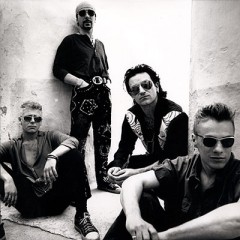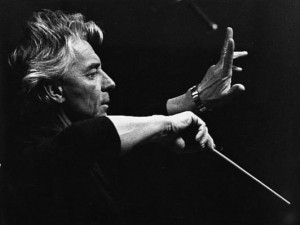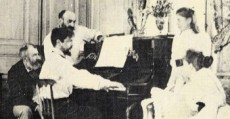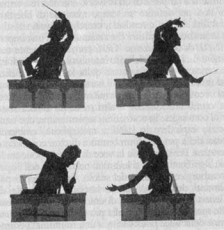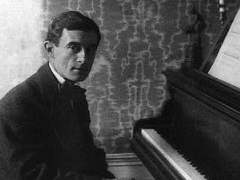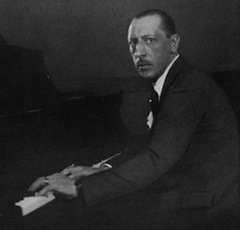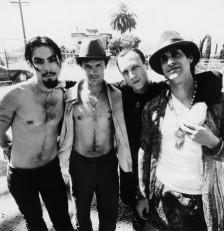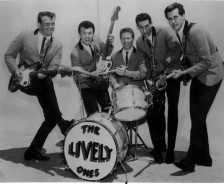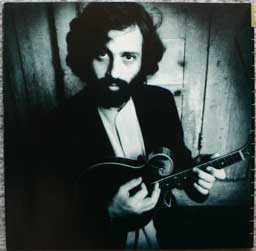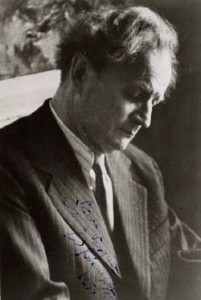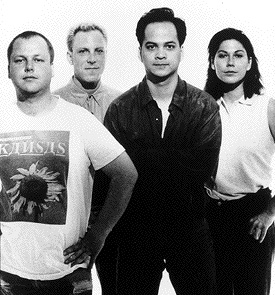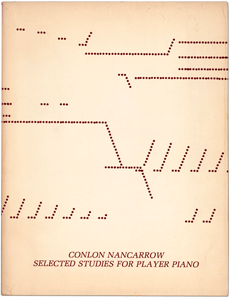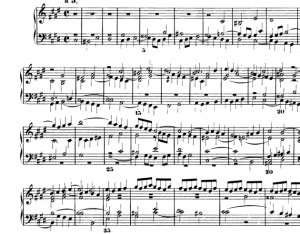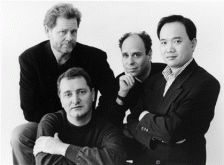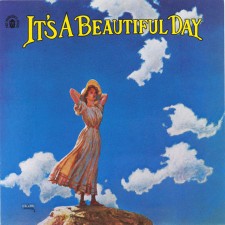Tonight I grabbed a stack of discs out of the car… ‘The Beach Boys Classics selected by Brian Wilson’, the ‘Pulp Fiction’ soundtrack, ‘Electric Ladyland’ by the Jimi Hendrix Experience and U2’s ‘Zooropa’. Yep – sounds like some music I would drive with.
‘Electric Ladyland’ – one of the best albums ever? I think so. One of my favorite aspects of the album is the way production quality changes from song to song, yet the album also weaves a mostly continuous feel (side breaks aside of course). Going from ‘Crosstown Traffic’ to the live ‘Voodoo Chile’ is an amazing job in production. The sound of the drums in ‘Gypsy Eyes’ leading into the guitar and bass riff is stunning. The R&B sound of ‘Have You Ever Been to Electric Ladyland’ is a brilliant contrast to the opening ‘And The God’s Made Love’ (which could have come out of the tape studios of Europe at the same time). And all this happens before disc two!
Side three of the LP (‘Rainy Day’ -> ‘1983’ -> ‘Moon Turn The Tides’) might be my favorite album side in rock and roll. The feedback sections are are beautiful. And the whole shape of the side is perfect. From the ambient smoky room coughs in ‘Rainy Day’ into the trickling of sound of ‘1983’ is a nice pulling together of a rock song – from sitting around in a room smoking with some friends into slick state of the art rock and roll. And then it dissolves again into a jam at first, then into sparks and flashes of sound. The side seems to create then destroy the rock song, and makes so much beautiful sound along the way. Then (if you are listening on LP), you turn over to side four and seem to start all over again with ‘Still Raining, Still Dreaming’. But from here on, it is blues and rock Jimi Hendrix Experience until the end. ‘House Burning Down’, ‘All Along The Watchtower’ and a second reprise for the album (the slight return of Voodoo Chile). This was the Experience’s third and final album… Hendrix would put together the Band of Gypsies after this, and would be dead shortly after that.
Technically, there are some amazing things done with this album. The exploration of what the tape machines in the studios could do is at the level of what John Lennon and Yoko Ono were doing with ‘Revolution 9’ on the ‘White Album’, but where most people couldn’t bear to listen to that whole song, there is little in the experimenting on ‘Electric Ladyland’ that would turn people off. He plays around with sonic space, moving sound around your head in ways that most composers are still trying to do as effectively and meaningfully. And on top of that, the songs rock. They are bluesy. They are ambient. They run a VERY wide swath of musical style to create an album that is engaging for pretty much its entirety. For a double album this is pretty astonishing. And that this keeps up over repeated listenings is even more phenomenal.
U2’s ‘Zooropa’? No, it isn’t ‘Electric Ladyland’, but it is a great album as well. I don’t know what I can say after talking about ‘Electric Ladyland’ that wouldn’t sound like I was being a downer about ‘Zooropa’, so I will just say one thing and leave it at that: ‘The Wanderer’ is a stroke of collaborative genius.


